The Best SSDs for Gaming to Boost Load Times and Improve Overall Performance
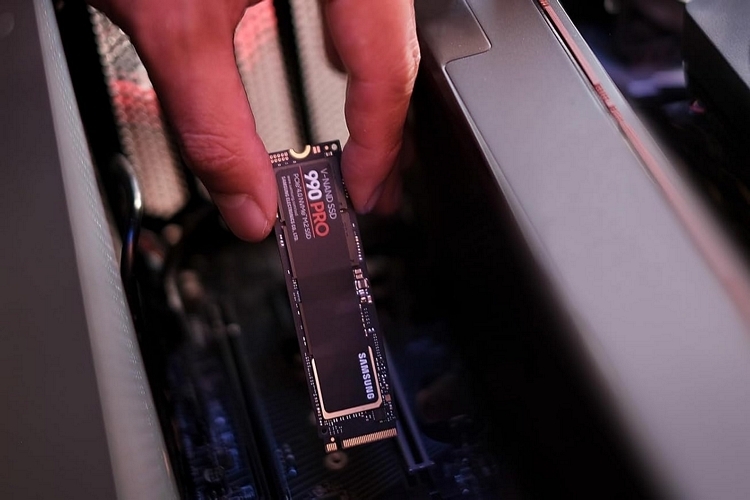
Installing a new SSD is one of the simplest, most affordable ways to immediately give your gaming PC a boost. Using one will instantly boost your load times, make your PC feel more responsive, and maybe even minimize the amount of times you slam your gaming keyboard (or gaming mouse) in frustration. While SSDs aren’t exactly cheap, they have gone down in price significantly over the years, making them a viable primary storage option for most people these days.
There was a time when SSDs for gaming were so prohibitively-priced that people would opt for a small SSD to run their OS and a slower hard drive for everything else. That’s no longer the norm. Nowadays, it’s more common for people to just go with SSDs for everything, especially if you want to reap the full performance benefits they purport to deliver.
As far as storage capacity goes, you want to buy the biggest SSD for gaming you can afford. Modern games are bigger than ever, with new AAA releases regularly going north of 100GB, so a 1TB SSD isn’t going to last you long. Realistically, we see a 2TB SSD as the minimum size you want to go, as it offers you enough room for a good load of games and software, while still being very reasonably-priced, which is also why we used 2TB offerings as our baseline for the list. You can also just buy additional SSDs later if you find the need for additional storage.
Should you go with SATA or NVMe SSDs for gaming? Well, NVMEs are faster than SATA drives by, at least, four-fold, so we’d always recommend going with NVMEs if you can. They’re also not that much more expensive. You’ll also want to check how many NVME slots your motherboard actually has, so you know your expansion potential down the line. With that said, SATA drives aren’t so bad, provided you don’t mind slightly slower speeds, so they’re a decent option if you can get them for really good prices.
These are the best SSDs for gaming.
PNY XLR8 CS3140
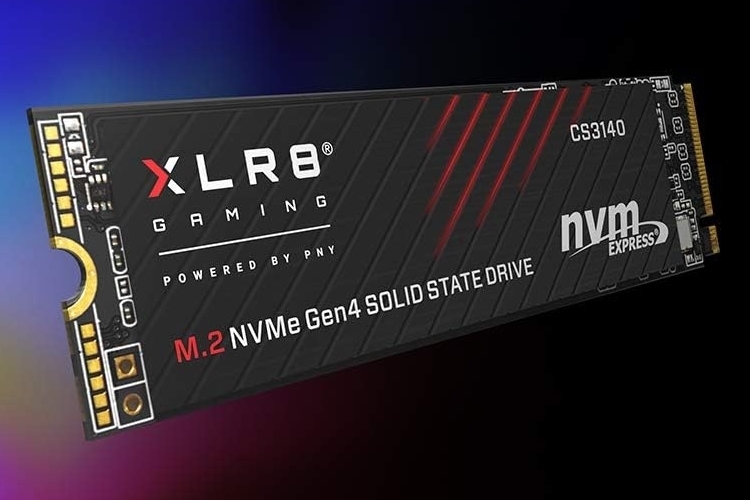
Pros
- Affordably-priced
- Reliable and consistent speeds
Cons
- Not as fast as listed write speeds
Capacity: 2TB (1TB, 4TB also available)
Interface: PCIe 4.0 x 4
Sequential read speed: 7,500 MB/s
Sequential write speed: 6,850 MB/s
Endurance rating: 1,400 TBW
Sometimes, you just want a great value, rather than the fastest, highest-performing SSD for gaming. That’s what this affordable model gets you. Sure, it didn’t hold up to the listed write speeds when we ran benchmarks on it (closer to 6,000 MB/s), but it’s still fast enough that we doubt most people will even notice. We put it through some serious paces, seeing no issues with speed, heat, or capacity, so this is the kind of storage that can really see you through the long haul. We’re also impressed with the endurance rating, which is a bit higher than what we normally find in this price range. Granted, endurance is not really that much of an issue for gaming purposes, but could come in clutch if you do a lot of storage-intensive work like video editing on the same machine.
WD Black SN850X
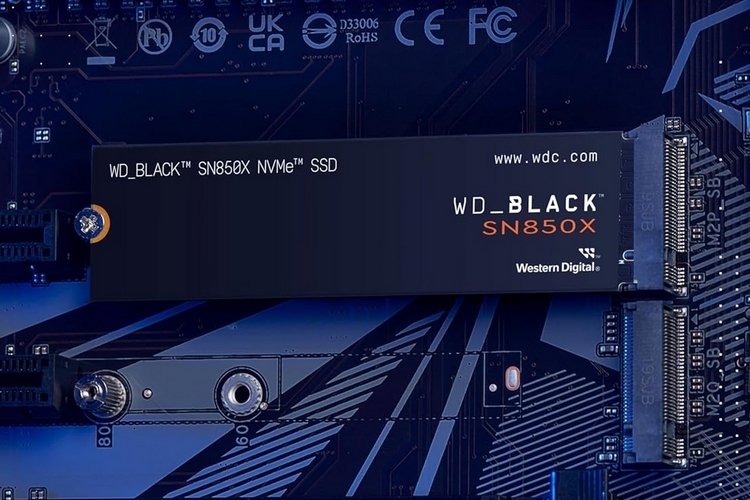
Pros
- Impressive real-world read and write speeds
- Stays cool through sustained loads
- 8TB option available
Cons
- Not as fast when dealing with 4K
Capacity: 2TB (1TB, 4TB, 8TB also available)
Interface: PCIe 4.0 x 4
Sequential read speed: 7,300 MB/s
Sequential write speed: 6,300 MB/s
Endurance rating: 1,200 TBW
While it’s been around for a bit, this model remains a favorite for the best SSDs for gaming. It just pools together a nice combination of the elements that make for fast, reliable, and affordable storage. Sure, it’s not as affordable as the PNY SSD above, but we found it to perform faster at random read and write tasks (it struggles a bit with 4K data, though), ensuring smoother and more seamless gaming experiences. It uses the outfit’s Game Mode drive management software, which, the outfit claims, can further improve game loading times by using a predictive algorithm that’s automatically triggered when it detects games are loaded. How significant are the improvements this thing makes? We’re not sure, but the drive certainly makes gaming feel largely hitch-free. Additionally, this thing manages to stay cool even through some heavy loads, barely registering over 60 degrees Celsius during busy times.
Crucial T500
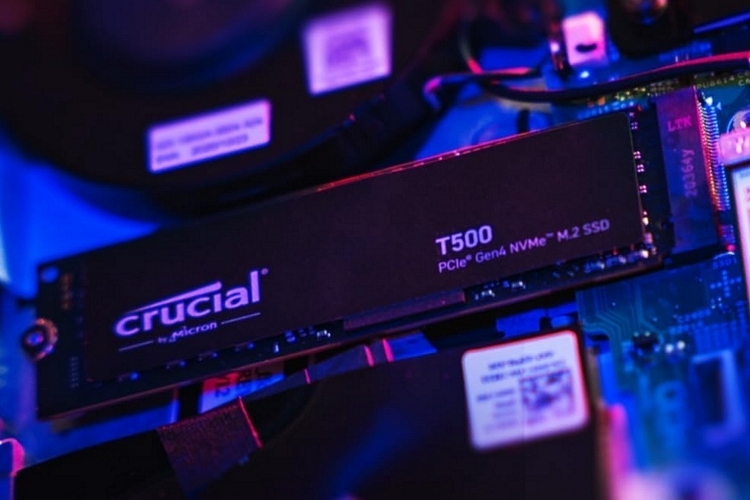
Pros
- Great speed on paper and benchmarks alike
- Good power efficiency
- Software and encryption support
Cons
- Can slow down a bit with heavy, sustained loads
Capacity: 2TB (500GB, 1TB, 4TB also available)
Interface: PCIe 4.0 x 4
Sequential read speed: 7,400 MB/s
Sequential write speed: 7,000 MB/s
Endurance rating: 1,200 TBW
On paper, this SSD for gaming pushes the read/write thresholds for PCIe 4.0 to as far as it can go. It holds up close to those numbers on the benchmarks, too, even doing much better than the SN850X above with 4K data, so this drive performs blazingly fast, with only one drive, in fact, beating it in our tests. The only way you can really go faster than this is to upgrade to PCIe 5.0, which brings its own bag of problems in the form of excess heating and more expensive prices. It uses a customized controller that uses just four channels while being very power efficient, even coming with a DRAM cache for additional performance boosts. Lastly, it’s single sided with TCG Opal support, so it’s a viable upgrade to use with professional laptops.
Crucial P310
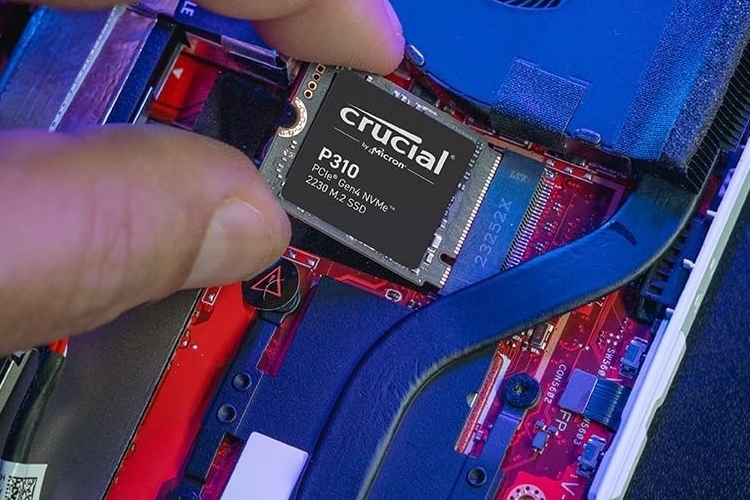
Pros
- Fastest 2230 SSD we’ve tried
- Perfect for PCIe 4.0 gaming handhelds
- Power-efficient
Cons
- Low endurance rating
Capacity: 2TB (1TB also available)
Interface: PCIe 4.0 x 4
Sequential read speed: 7,100 MB/s
Sequential write speed: 6,000 MB/s
Endurance rating: 440 TBW
There was a time when people wondered what the point of 2230 SSD drives were. Sure, they’re smaller, but they trade in some performance, lose a lot of endurance, and cost a little bit more, too. The rise of gaming handhelds changed all that, though, with these small SSDs for gaming being the perfect form factor for the compact gaming PCs. This QLC-based drive is not as fast or consistent as other SSDs, but it is power-efficient with very good throughput. It’s also the fastest 2230 SSD we have tested, which is still slower than most standard SSDs, but it posts close enough numbers that we doubt you’ll feel much difference in real-world usage. Do note, the Steam Deck only has a PCI 3.0 slot, so you won’t even get these full speeds on that console, although other gaming handhelds like the ROG Ally or the Legion Go do support PCIe 4.0, which would be a much better fit for this drive.
Samsung 870 Evo
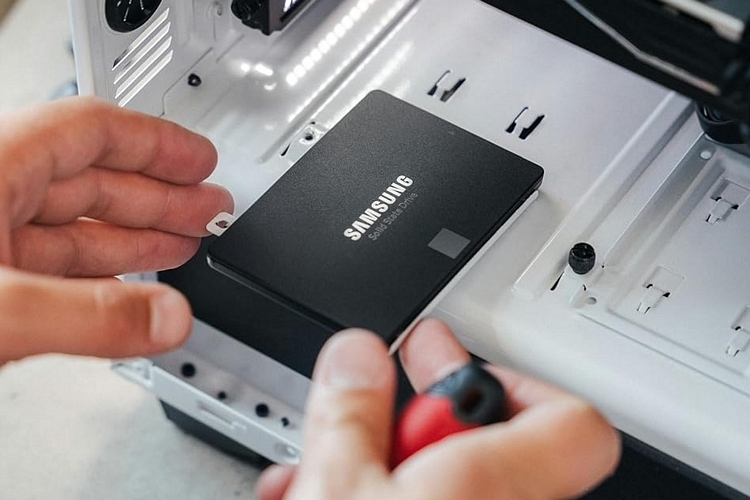
Pros
- Fastest SATA drive you can get
- Great endurance
Cons
- More expensive than competition
Capacity: 2TB (250GB, 500GB, 1TB, 4TB also available)
Interface: SATA
Sequential read speed: 550 MB/s
Sequential write speed: 520 MB/s
Endurance rating: 1,200 TBW
If you have an older motherboard without an M.2 slot or have your existing M.2 slots already taken up, then a SATA SSD for gaming is your best recourse for adding more high-speed storage to your setup. Granted, SATA speeds are a far cry from what you’ll get with NVMe drives, but they’re still faster than HDDs and very reliable. This SSD may be more expensive than other SATA options, but it’s, pretty much, the fastest you can get in the category, so the extra $20 or so you’re paying does go into extra performance chops. It has great endurance for a SATA drive, too, so it should last you for a good, long time. Goes without saying, you should opt for an M.2 drive if you can, but this is the best option out there if SATA is the only thing available to you right now.
Samsung 990 Pro
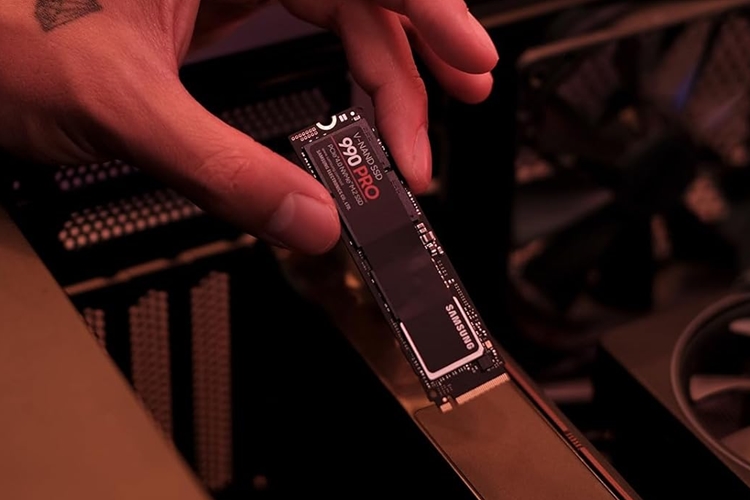
Pros
- Fastest PCIe 4.0 SSD available
- Single-sided with encryption support
- Available with or without heatsink
Cons
- Pricier than the competition
Capacity: 2TB (1TB, 4TB also available)
Interface: PCIe 4.0 x 4
Sequential read speed: 7,450 MB/s
Sequential write speed: 6,900 MB/s
Endurance rating: 1,200 TBW
While the Crucial T500 above has the fastest read/write speeds on paper, this SSD for gaming is the clear winner when it comes to actual benchmarks. It’s even faster than that one. Heck, we’ve seen it post numbers even faster than the listed speeds on occasion, which is not something you really see in the category. It’s also single-sided with a TLC flash, so it will work great with both laptops and consoles alike if those are your intended machines to install it on. The drive also has support for TCG Opal encryption, making it an option for secure, professional laptops. Simply put, if you want the fastest SSD without upgrading to PCIe 5.0, this is the way to go. Not to mention, it’s incredibly more affordable now compared to just two years ago (around $100 or so cheaper), so it’s now a really good value.
TeamGroup MP44
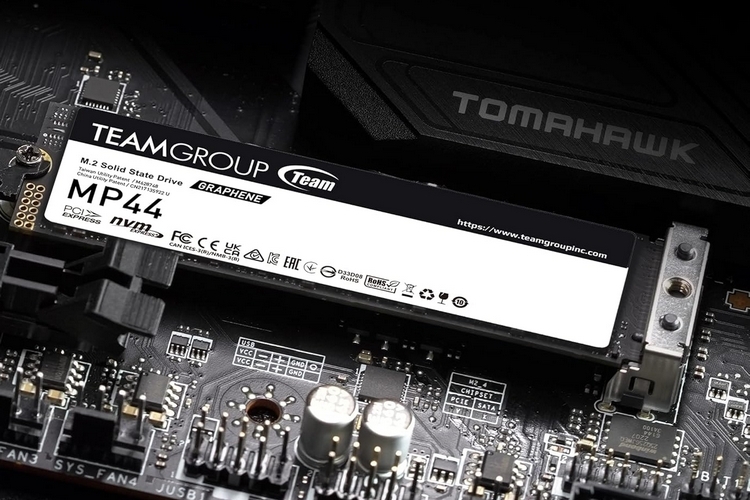
Pros
- Large capacity at an accessible price
- Great read/write speeds
- Large pseudo-SLC cache
Cons
- Lower maximum operating temperature
- No DRAM cache`
Capacity: 4TB (256GB, 500GB, 1TB, 2TB, 8TB also available)
Interface: PCIe 4.0 x 4
Sequential read speed: 7,400 MB/s
Sequential write speed: 6,900 MB/s
Endurance rating: 3,000 TBW
As you probably noticed, all the SSDs for gaming we included in the list are 2TB in size. Most of them have 4TB options, too, with the same read/write speeds and general feature set. We wanted to include this sole 4TB option in the list, simply because it’s an excellent value, making it a great pick if you’re thinking of sizing up in the most economical way possible. It has fast read/write speed ratings, which it does come close to during benchmarks. However, it has no DRAM cache, so it isn’t likely to maintain those speeds during sustained loads, while using a large dynamic pseudo-SLC cache to boost its write speeds to as high as possible. The biggest thing to look out for with this drive is the temperature, as it lists 70 degrees Celsius as the maximum for safe operation. That means, you’ll want to get a heatsink on this thing if you plan to use it continuously for long periods. Still, even with the caveats, this is incredible value for a 4TB drive and absolutely worth considering for your PC’s next upgrade part.
Crucial T705
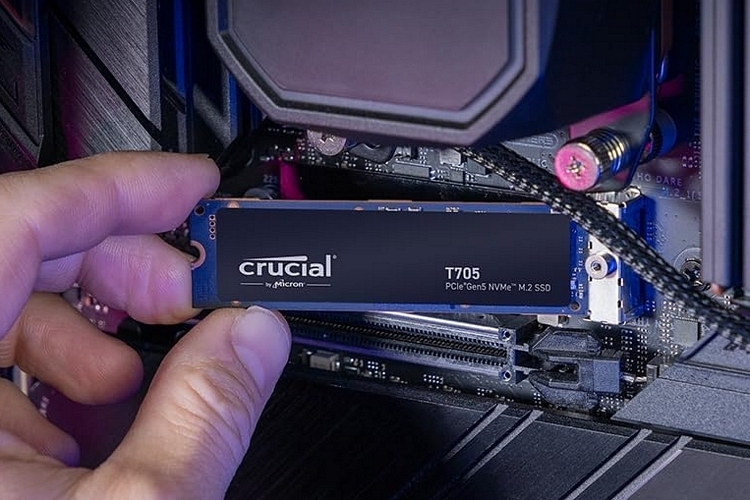
Pros
- Insane read/write speeds
- Ready for primetime features
- Future-proof
Cons
- Heatsink is necessary
- Power-hungry
Capacity: 2TB (1TB, 4TB also available)
Interface: PCIe 5.0 x 4
Sequential read speed: 14,500 MB/s
Sequential write speed: 12,700 MB/s
Endurance rating: 1,200 TBW
For most people, PCIe 4.0 drives are the reasonable options in SSDs for gaming right now. They have good speeds, good thermals, and very accessible price points. However, there are users who might be yearning for the massive boost in speed that PCI 5.0 enables and this is our recommended choice for those individuals. For around $100 more (without the heatsink) compared to its PCIe 4.0 counterparts, this SSD should deliver around double the read/write speeds, which will be plenty noticeable in both gaming and your usual productivity tasks. It is, in fact, the fastest PCIe 5.0 drive we’ve seen so far, although that’s not likely to stay that way, especially as the format gets more popular. The drive gets plenty of nice features, too, including a DirectStorage-optimized firmware and encryption support. We recommend getting it with the heatsink ($50 extra), of course, since these things get ridiculously hot even with just average use. As we said, PCIe 5.0 drives are not for everyone (especially not at this stage), but if you’re ready to take the plunge, this delivers all the speed boost you are probably dreaming of.


Comments are closed.